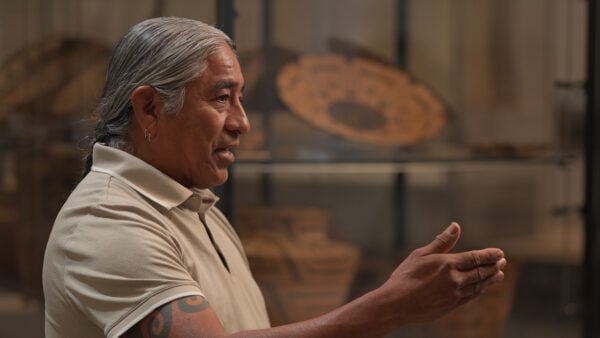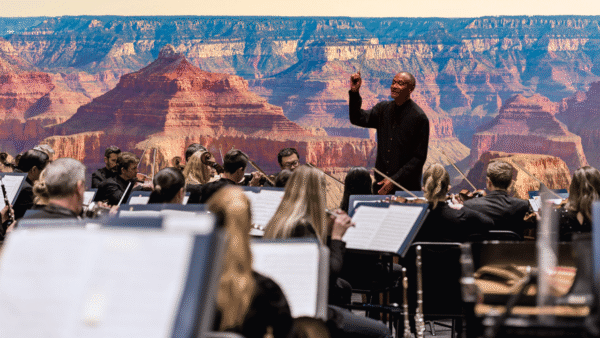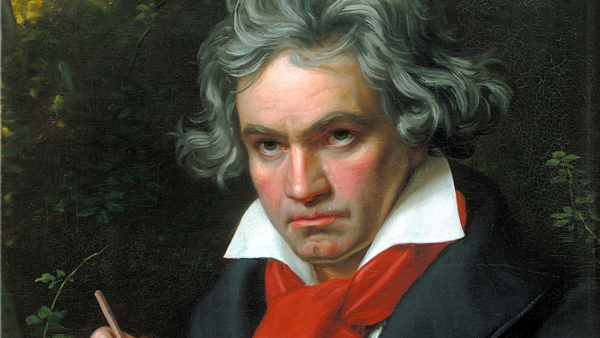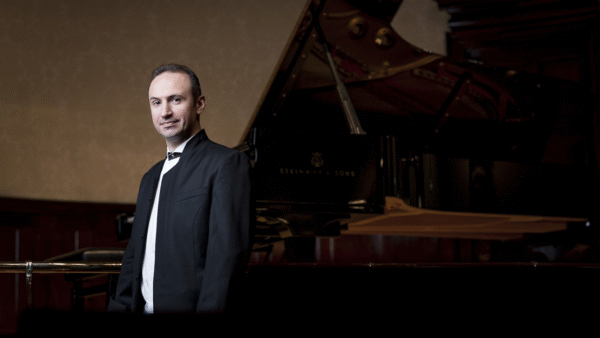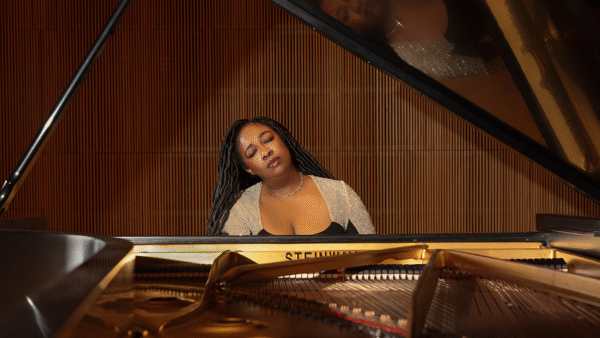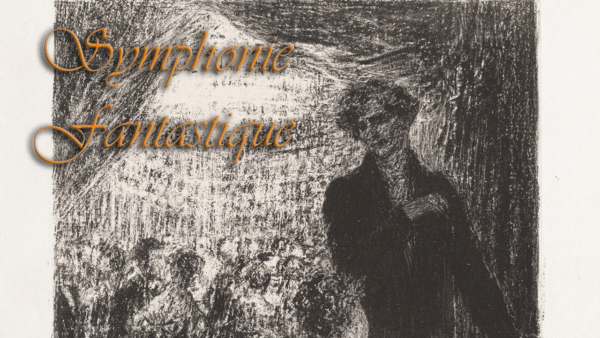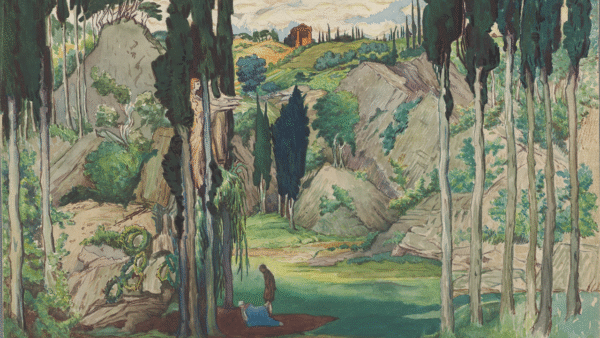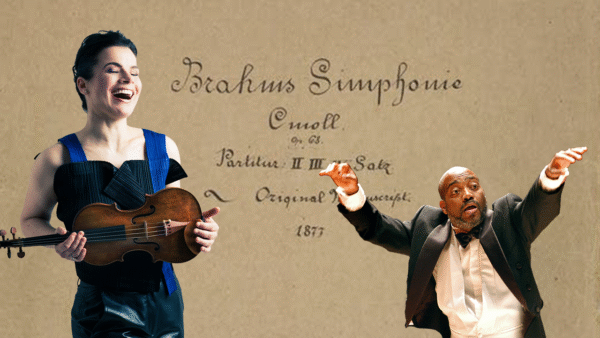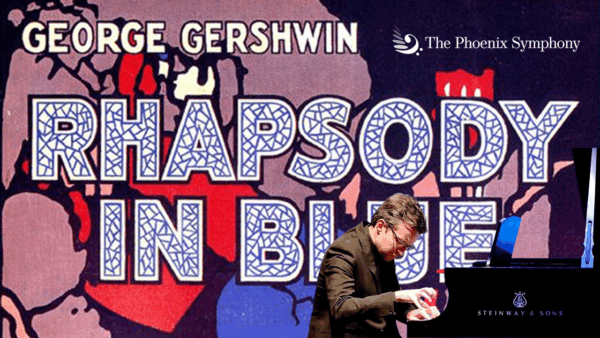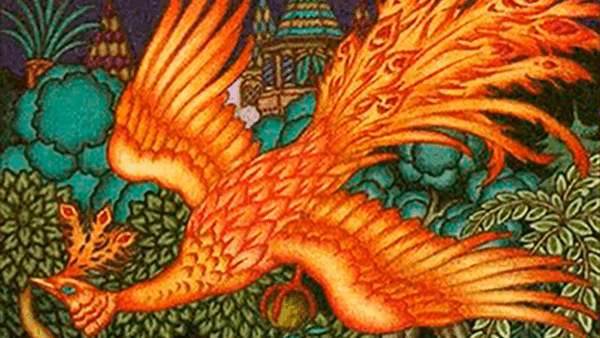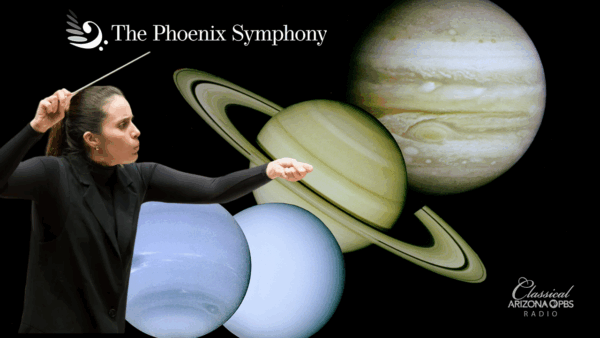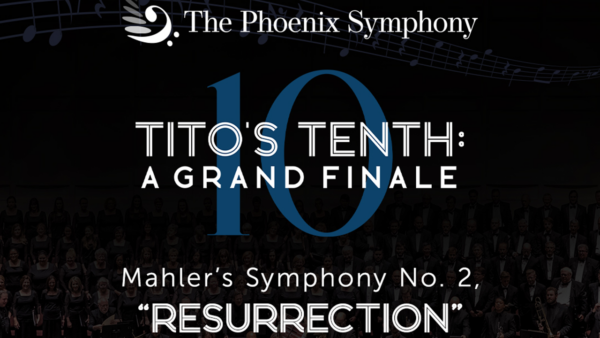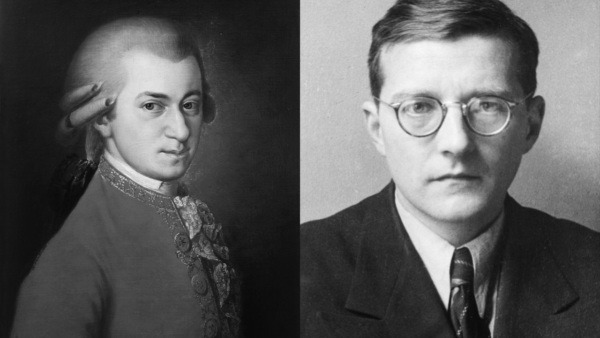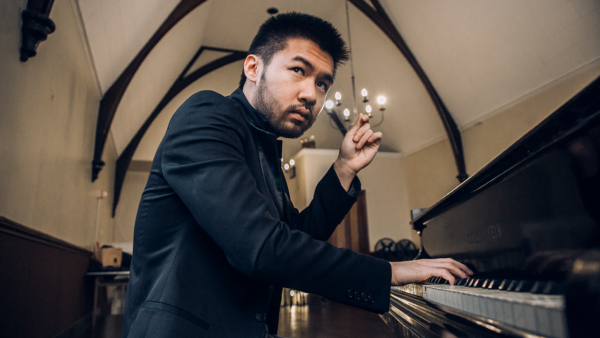Rodrigo’s Concierto de Aranjuez
Oct. 28, 2024
Explore the Symphony: Hovhaness, Rodrigo, and Sibelius
This Monday night at 7 PM, join Arizona PBS for an enthralling broadcast of The Phoenix Symphony, featuring three significant works that capture the essence of the orchestral tradition: Alan Hovhaness’s Symphony No. 2, Joaquín Rodrigo’s Concierto de Aranjuez, and Jean Sibelius’s Symphony No. 5. Conducted by Ankush Kumar Bahl and featuring the acclaimed guitarist Pablo Sáinz-Villegas, this concert promises an inspiring musical journey.
Alan Hovhaness’s Symphony No. 2, subtitled Mysterious Mountain, stands as his most celebrated work, embraced by orchestras across the United States for over half a century. Premiered in 1955 by the legendary conductor Leopold Stokowski, the symphony showcases Hovhaness’s unique blend of Eastern and Western musical influences, drawing inspiration from nature and spirituality.
Stokowski commissioned this three-movement work for his debut with the Houston Symphony, leading to a nationwide broadcast that solidified Hovhaness’s reputation. The title, suggested by Stokowski after the music’s completion, reflects the symphony’s expansive soundscapes that evoke the grandeur of mountains. Hovhaness described mountains as symbols of humanity’s quest to understand the divine, a theme that resonates deeply in this symphony.
Musically, Mysterious Mountain captures the essence of New England Transcendentalism, featuring crescendos and expansive melodic arcs that mirror the heights of mountains. Hovhaness’s signature blend of church modes and cyclical rhythmic patterns creates a transcendental sound world, exploring the connections between the earthly and the spiritual.
Joaquín Rodrigo’s Concierto de Aranjuez is a cornerstone of the classical guitar repertoire, recognized worldwide for its lyrical beauty and emotional depth. Composed in 1939, it draws inspiration from the picturesque gardens of the Royal Palace of Aranjuez in Spain. This work is not just a showcase for the guitar; it allows the instrument to shine alongside the orchestra as an equal partner.
The concerto’s structure features three movements: an energetic Allegro con spirito, a deeply poignant Adagio, and a lively Allegro gentile. The second movement, often considered the heart of the concerto, has been shrouded in mystery regarding its emotional origins. While initially thought to reflect the devastation of the bombing of Guernica, Rodrigo later revealed that it was inspired by his honeymoon and his sorrow over a miscarriage.
Pablo Sáinz-Villegas, our guest soloist for the evening, has garnered acclaim for his interpretation of this iconic work, bringing a vibrant energy that captures its Spanish essence. With influences from flamenco and rich melodic lines, Concierto de Aranjuez is a vibrant exploration of Rodrigo’s musical heritage.
In conversation backstage, Mr. Sáinz-Villegas shared this about the work:
“First time I played the Concierto de Aranjuez was probably 1997. I think I was 19 years old. And it was in Barcelona at the Palau de la Musique. It’s a beautiful concert hall. And yeah, since then it’s been part of my journey as a musician, as a guitarist. The more I’ve been playing it, the more it became part of who I am.
And that’s the beautiful thing about good music. I never had a chance to meet a composer, Joaquin Rodrigo, but I feel I know him every time I’m playing the piece because it’s, it’s, it’s already part of who I am as an artist, as a human being—and that creates a very special place to invite the audience to participate.
Living with the piece for that long is a luxury, actually. And, you know, the more you play a piece, the more you can go into the subtleties and different depths that the piece has to offer. It’s a never-ending process, no? And that’s what makes music so exciting. You can always explore one layer.
And then you realize that every time I play the piece, it’s with a different orchestra, with a different conductor, and a different audience. All these three different elements are part of the creation of the music as well. It’s when we bring it to life. Every time I play this with other wonderful musicians, it’s a new experience. And they also invite me to explore some different horizons in every interpretation.
And then the audience, which in the end, to me, is my final purpose of as a musician—everything I do is for them, because of them.They create with us. They are creating that moment, that magic and that interaction is what brings in a special meaning to all these years of dedication to music.
It is my debut with the Phoenix Symphony, and it sounds wonderful. I can’t wait to play with them, with the audience!”
Jean Sibelius’s Symphony No. 5 premiered in 1915 to celebrate the composer’s 50th birthday. This symphony stands as a testament to Sibelius’s evolution as a composer, marked by a newfound clarity and monumental quality. The work was inspired by a transformative experience Sibelius had while observing swans in flight, which led him to create a theme representing their graceful movement.
The symphony’s three movements reflect a deep introspection, with the second movement showcasing a theme with variations that flows seamlessly, lacking traditional sectional boundaries. Sibelius sought to embody a more “human” and “down-to-earth” quality in this work, departing from classical formalism to embrace organic development.
Ankush Kumar Bahl, the conductor for the evening, brings a fresh perspective to Sibelius’s music, known for his engaging performances that resonate with audiences. His thoughtful interpretations promise to highlight the intricate beauty of Sibelius’s orchestration and thematic development.
This Monday at 7 PM on Arizona PBS’s Classical 89.5 KBACH and KNAU Arizona Public Radio, immerse yourself in the world of orchestral music with the Phoenix Symphony. Featuring the works of Hovhaness, Rodrigo, and Sibelius, this concert promises to be a celebration of musical artistry and cultural heritage.
Pablo Sáinz-Villegas’s vibrant guitar performances, alongside the symphonic power of Hovhaness and Sibelius, create an evening of rich emotional resonance and artistic exploration. Don’t miss this opportunity to experience the beauty of classical music in a new light. Tune in and let the symphonic journey begin!
Featured in this episode:
Hovhaness – Symphony No. 2, “Mysterious Mountain” – The Phoenix Symphony; Ankush Kumar Bahl, conductor
Rodrigo – Concierto de Aranjuez – The Phoenix Symphony; Ankush Kumar Bahl, conductor; Pablo Sainz Villegas, guitar
Tarrega – Gran Jota – Pablo Sainz Villegas, guitar
Sibelius – Symphony No. 5 – The Phoenix Symphony; Ankush Kumar Bahl, conductor
Sibelius – Symphony No. 1 – mov 4 – The Phoenix Symphony; Tito Munoz, conductor
